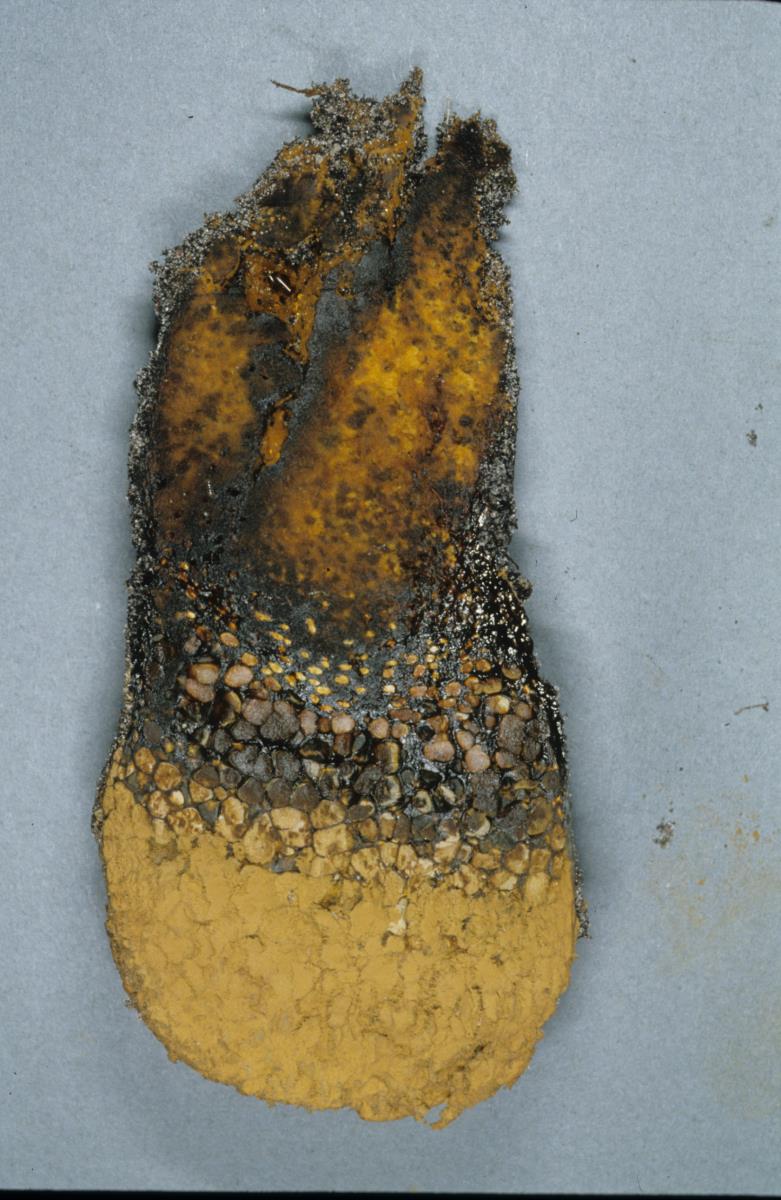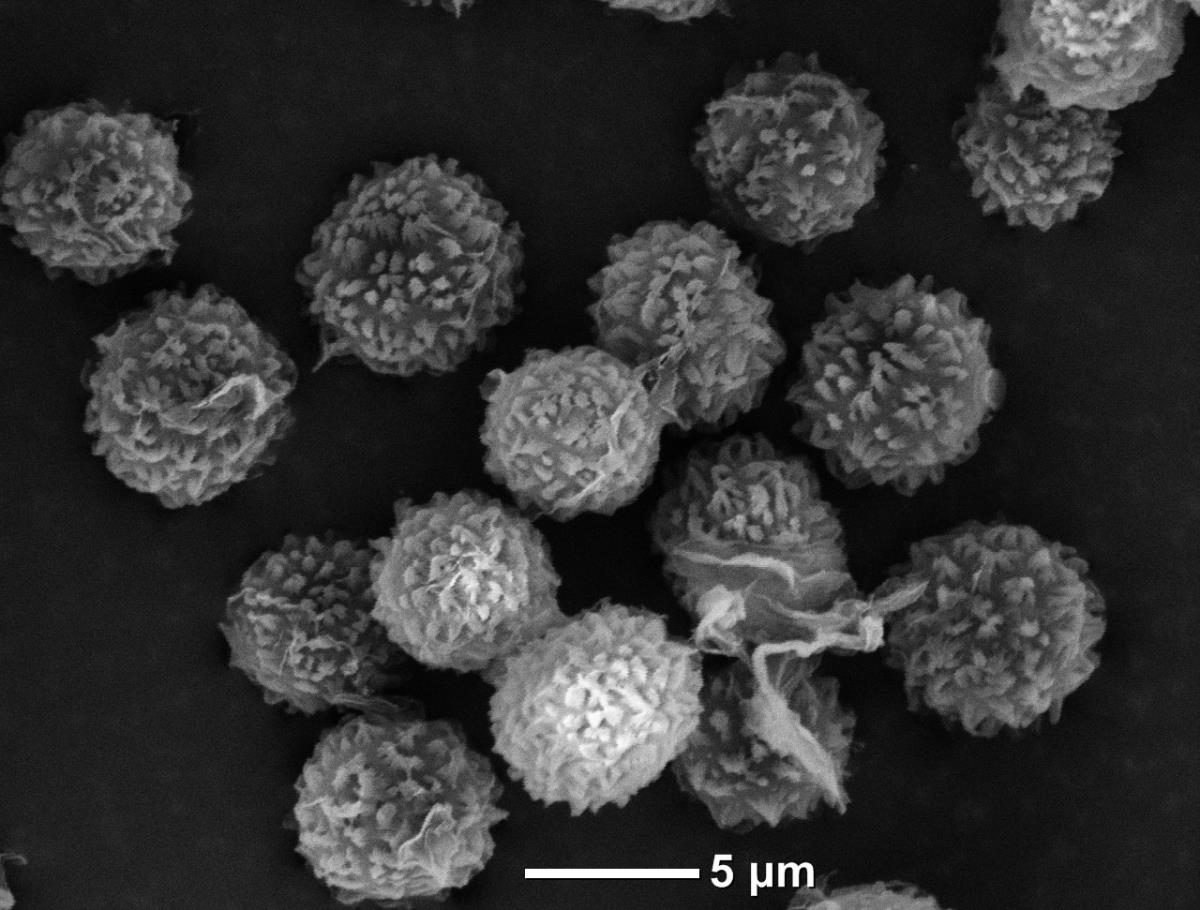

Pisolithus tympanobaculus R1:
The mutualistic ectomycorrhizal (ECM) fungal genus Pisolithus colonizes the roots of trees in forests around the world and are inoculated on bioenergy crops such as Eucalyptus spp. and Pinus spp. due to their role in promoting plant health and productivity under different environmental constraints. Made up of >16 cryptic species, members of the Pisolithus genus are found in environments that vary broadly with regard to temperature, nutrient levels and heavy metal concentrations. Pisolithus tympanobaculus has been collected in relatively few instances. According to Lebel et al., 2018, this species differs from other Australasian species in its distinctly drumstick or club-like sporocarps, and in its spores ornamented with robust short spines that coalesce into short robust secondary conical warts.
Researchers who wish to publish analyses using data from unpublished CSP genomes are respectfully required to contact the PI (Dr. Jonathan Plett) and JGI to avoid potential conflicts on data use and coordinate other publications with the CSP master paper(s).
Reference:
Lebel, T., Pennycook, S. and Barrett, M., 2018. Two new species of Pisolithus (Sclerodermataceae) from Australasia, and an assessment of the confused nomenclature of P. tinctorius. Phytotaxa, 348(3), pp.163-186.
